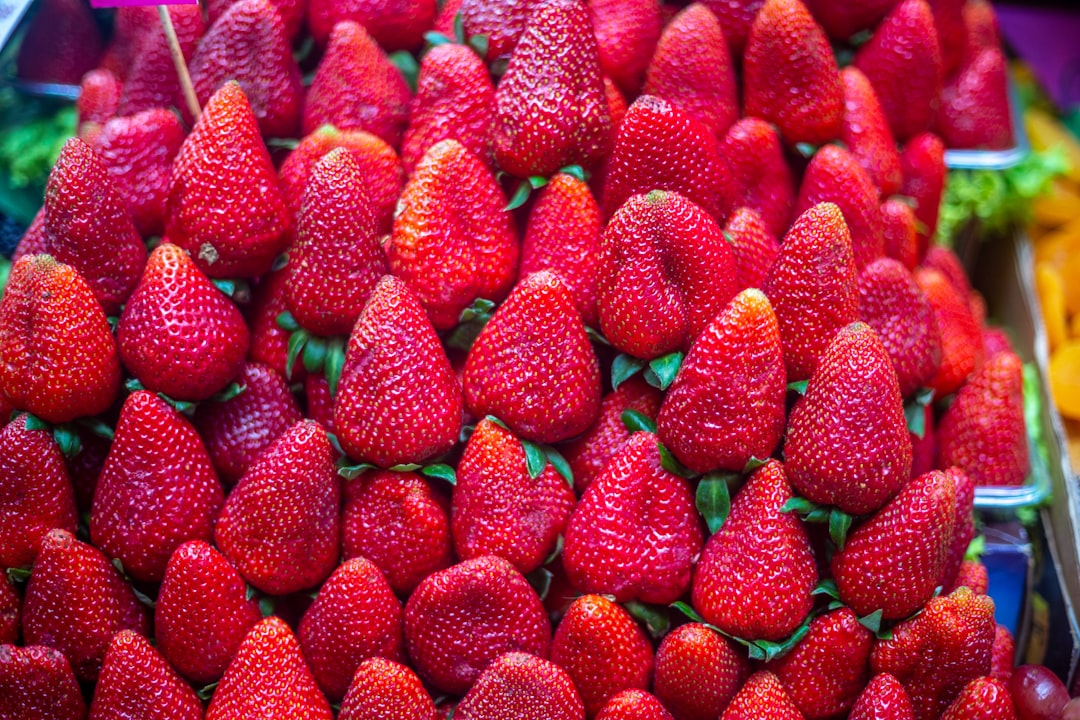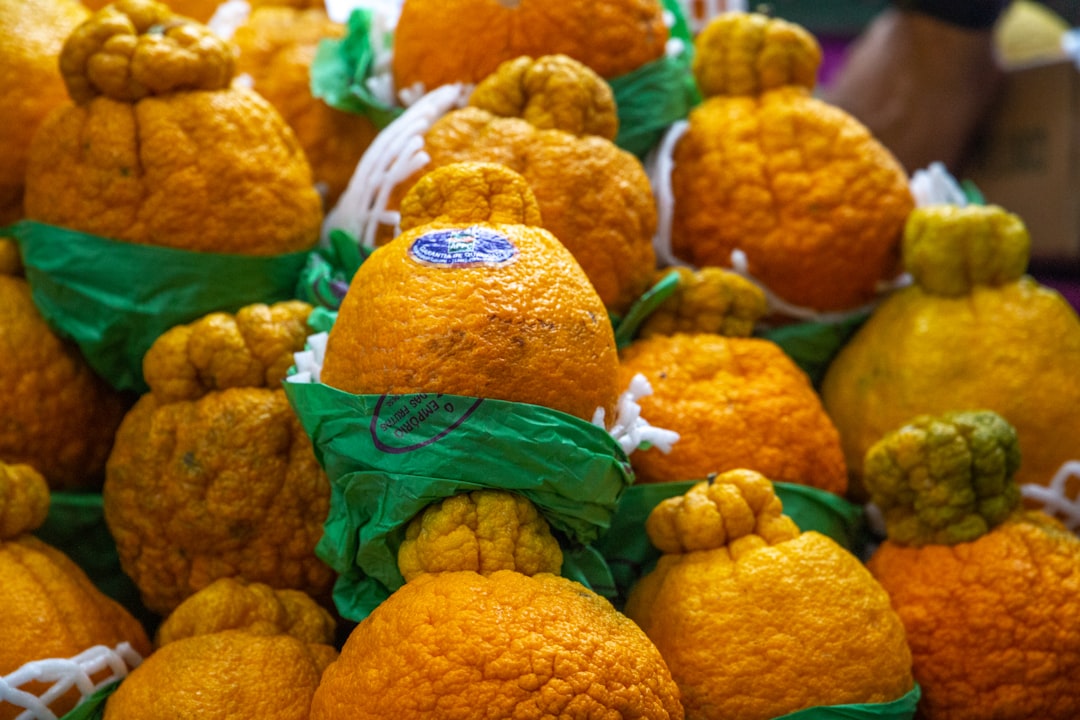Exploring the Culinary Gems of São Paulo: A Flavor-Filled Journey
Exploring the Culinary Gems of São Paulo: A Flavor-Filled Journey - A Flavor-Filled Journey
São Paulo's culinary scene is a harmonious blend of diverse cultural influences, from Portuguese and Italian to Japanese and Middle Eastern.
This melting pot of flavors has given rise to innovative fusion dishes that defy traditional culinary boundaries.
Visitors can witness the alchemy of these culinary innovators as they craft their masterpieces.
Sustainable and locally-sourced ingredients are at the heart of São Paulo's culinary renaissance.
Chefs are actively championing urban farming initiatives and forging strong relationships with nearby smallholder farmers, ensuring that the flavors of the region shine through in every dish.
The city's coffee culture is unparalleled, with specialty roasters and baristas pushing the boundaries of what's possible with this beloved beverage.
From micro-lot single-origin brews to creative coffee-infused cocktails, São Paulo offers a comprehensive education in the art of coffee appreciation.
Exploring the Culinary Gems of São Paulo: A Flavor-Filled Journey - São Paulo's Vibrant Food Scene
São Paulo's famous "Pastel" pastries are not just filled with the typical meat or cheese - the most common filling is actually salted and dried cod (bacalhau in Portuguese).
The thin pastry dough is stuffed with the savory cod mixture before being deep-fried to crispy perfection.
Bolo de cenoura, or carrot cake, is a beloved classic in São Paulo.
But this version features a unique twist - it's topped with a signature Brigadeiro frosting, a delectable blend of condensed milk, chocolate, and butter that creates a rich, fudgy topping.
Visitors can find a dizzying array of street food, from savory empanada-like pastries to sweet coconut-based cocadas, all reflecting the city's diverse immigrant history.
Acai, the antioxidant-rich Amazonian superfruit, has become a dietary staple in São Paulo.
Beyond the ubiquitous acai bowls, the fruit is incorporated into a variety of dishes, from juices and smoothies to sorbets and even fruit cocktails, showcasing the city's innovative culinary creativity.
The Liberdade neighborhood, home to the largest Japanese population outside of Japan, has significantly influenced São Paulo's food scene.
Visitors can find a unique blend of Japanese and Brazilian flavors in the area's vibrant street food stalls, from savory yakisoba noodle dishes to sweet mochi-based treats.
Exploring the Culinary Gems of São Paulo: A Flavor-Filled Journey - Exploring the Municipal Market: A Culinary Kaleidoscope
São Paulo's Municipal Market: A Gastronomic Treasure Trove - Located in the heart of the city, the Municipal Market of São Paulo is a veritable culinary kaleidoscope, housing over 300 stalls brimming with exotic fruits, artisanal cheeses, and traditional delicacies.
Visitors can embark on a sensory odyssey, exploring the diverse flavors that reflect the city's multicultural heritage.
Exploring these fermentation techniques provides a fascinating glimpse into the complex chemistry that transforms raw ingredients into complex, tantalizing flavors.
Uncovering the Nutritional Powerhouses of São Paulo's Tropical Fruits - São Paulo's vibrant markets showcase an astonishing array of tropical fruits, many of which are packed with essential vitamins, minerals, and antioxidants.
For example, the acerola cherry contains up to 50 times more vitamin C than an orange, while the camu-camu fruit boasts one of the highest natural vitamin C concentrations in the world.
The Culinary Melting Pot: How Immigration Shaped São Paulo's Food Scene - The diverse immigrant communities that have shaped São Paulo over the centuries have also contributed to the city's remarkable culinary landscape.
Sustainable Sourcing at the Municipal Market: Reducing Food Miles and Carbon Footprint - Many of the market's vendors prioritize sourcing their ingredients locally, often from small-scale producers within the São Paulo region.
This practice helps to reduce the environmental impact of food transportation, known as the "food miles" concept, and supports the local economy.
The Science of Flavor Pairing: Unlocking Unexpected Culinary Delights - Experienced chefs and food enthusiasts at the Municipal Market often employ the principles of flavor science to create unexpected and harmonious taste combinations.
By understanding the chemical compounds and aromatic profiles of different ingredients, they can masterfully blend flavors in ways that delight the senses and challenge traditional culinary boundaries.
Exploring the Culinary Gems of São Paulo: A Flavor-Filled Journey - Discovering the Art of Coxinha: A Beloved Street Food
Coxinha is a popular Brazilian snack that originated in the 19th century in São Paulo, and its name comes from the Portuguese word "coxa," meaning "thigh," due to its drumstick shape.
The traditional filling of Coxinha is made with shredded chicken, but modern variations can include catupiry cheese, bacon, or even chocolate.
Coxinha is typically deep-fried, but some recipes call for baking or grilling to make it a healthier option.
The dough used to make Coxinha is similar to a croissant dough, with a high fat content that gives it a flaky texture.
Coxinha is often served as a snack or appetizer, but it can also be served as a side dish or even as a main course in some Brazilian restaurants.
The shape of Coxinha is not just for aesthetics; it helps to keep the filling inside while it's being fried.
Coxinha is a popular street food in Brazil, and it's often sold by vendors on the street or at markets.
The fillings of Coxinha can vary greatly depending on the region in Brazil, with some areas using seafood or beef instead of chicken.
Cross-border data transfers are essential for global trade, with an estimated 2.5 quintillion data bytes generated every day.
The European Union's General Data Protection Regulation (GDPR) has strict rules for cross-border data transfers, requiring companies to perform a thorough case-by-case assessment.
The Privacy Shield framework, which allowed for easy data transfer between the EU and the US, was invalidated in 2020, causing uncertainty for companies.
Companies can use binding corporate rules (BCR) or standard contractual clauses (SCC) to facilitate cross-border data transfers, but these options have limitations.
The European Data Protection Board (EDPB) has directed businesses to perform a six-step assessment for cross-border data transfers, including data mapping and identifying appropriate transfer tools.
Cross-border data transfers are not just limited to the EU and US; they occur globally, with countries having different regulations and standards.
The lack of trust in public health officials and geopolitical dynamics can affect the implementation of cross-border measures, including data transfers.
The COVID-19 pandemic has highlighted the importance of global coordination on cross-border travel and trade measures, including data transfers.
Exploring the Culinary Gems of São Paulo: A Flavor-Filled Journey - Savoring the Flavors of Mocotó: A Culinary Gem on the Outskirts
Mocotó, a traditional Brazilian stew, is made from cow's feet, which are rich in collagen and gelatin, giving the dish its unique, savory flavor.
The name "Mocotó" comes from the Kimbundu word "mbokot," which refers to the dish's main ingredient, cow's feet.
The preparation of Mocotó involves a painstaking process, taking up to three days, starting with carefully slicing pork belly and brining it for at least 10 hours before cooking it three different ways.
The stew was originally made by slaves who used cuts of meat that were thrown away by the landowners, making it a nutritious and inexpensive dish.
The traditional Mocotó recipe calls for white beans, potatoes, and sliced carrots to be added to the stew after the meat has been cooked.
Another key ingredient in Mocotó is onions, which are fried until their color turns brown to enhance their flavor and caramelization.
Cross-border data flows, which have been increasing exponentially, play a crucial role in innovation and job growth in all sectors and for people across the world.
U.S.
organizations must undergo a thorough case-by-case assessment of cross-border data transfers, known as a transfer impact assessment (TIA), before transferring EU personal data to the U.S.
The New SCC comes in one document with four separate cross-border transfer scenarios or modules, and companies have until December 27, 2022, to amend existing agreements with the New SCC for contracts signed before September 27, 2021.
Exploring the Culinary Gems of São Paulo: A Flavor-Filled Journey - Acai Bowls and Beyond: Embracing São Paulo's Superfood Culture
The Acai berry is native to the Amazon region of Brazil and has been a staple food for indigenous populations for centuries.
It was largely unknown outside of the Amazon until the early 2000s when it gained popularity as a superfood.
Acai berries are packed with antioxidants, healthy fats, fiber, and essential vitamins and minerals.
This nutrient-dense profile is believed to contribute to the berry's health benefits.
The growing demand for acai has led to concerns about sustainability and potential exploitation of Amazon communities.
Ethical sourcing and fair trade practices are important considerations when purchasing acai products.
Acai bowls, a blend of frozen acai puree topped with fruits, granola, and other toppings, became a global phenomenon starting in the beaches of Brazil.
They are now a ubiquitous healthy breakfast and snack option worldwide.
The taste of acai has been described as a unique blend of flavors, with some comparing it to a cross between blackberry, dark chocolate, and a hint of raspberry.
The flavor can vary depending on the specific cultivar and growing conditions.
While acai bowls are often touted as a health food, the nutritional value can vary widely depending on the added ingredients.
Paying attention to added sugars and using minimal, whole-food toppings is important for maximizing the benefits.
The growing popularity of acai has led to the development of acai-based products beyond just bowls, including smoothies, juices, ice cream, and even skincare items that leverage the berry's antioxidant properties.
Acai is rich in anthocyanins, a type of flavonoid antioxidant that gives the berry its distinctive purple color.
These compounds are believed to contribute to the potential health benefits associated with acai consumption.
The limited shelf life of fresh acai berries has presented logistical challenges in getting the highly perishable fruit to international markets.
This has led to the widespread use of frozen acai puree, which preserves the nutritional value.
As the demand for acai continues to grow, there are ongoing efforts to develop more sustainable cultivation and harvesting practices to protect the Amazon rainforest and ensure fair compensation for the indigenous communities involved in acai production.



